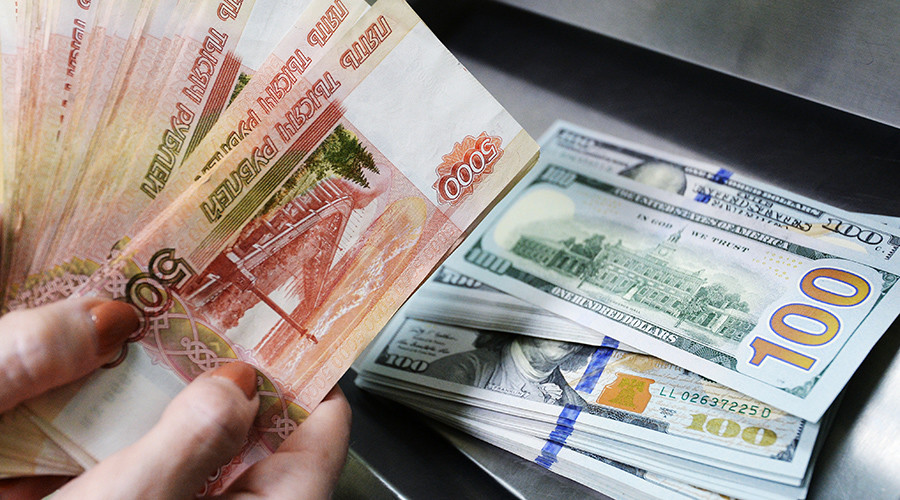Russia’s economy returned to growth at the end of 2016, turning the page on seven consecutive quarters of contraction that laid waste to the middle class after oil prices crashed.
Gross domestic product gained 0.3% from a year earlier in the fourth quarter after a decline of 0.4% in the previous three months, the Federal Statistics Service said. That matched the median of 11 estimates in a Bloomberg survey. GDP shrank 0.2% in the full year, the statistics service said, confirming its first reading.
The challenge for the world’s biggest energy exporter now is for its recovery to gain traction as consumer demand continues to sag and the outlook for oil remains dim. Russia may now be at a turning point as capital-intensive businesses come to life after three years of declining investment that followed the collapse in crude prices. GDP may grow as much as 2% this year, according to officials.
Capital expenditure and “an increase in inventories were the growth drivers,” Evgeny Koshelev, an analyst at Societe General SA’s Rosbank PJSC in Moscow, said before the data release. “This year, household consumption and investments are necessary for economic expansion. While a recovery in real wages and disposable incomes will support consumption, investments may be restrained, depending on corporate incomes.”
The ruble is among the world’s top three performers this year, adding to its best-ever year in 2016, as the central bank maintains its carry-trade appeal. The Russian currency appreciated almost 9% against the dollar in 2017.
The breakdown of GDP components for the fourth quarter shows the economy isn’t in the clear yet. Mining and manufacturing shrank, reversing gains earlier in the year, while construction as well as retail and wholesale trade continued to contract. The best performers included utilities and agriculture, according to the data.
The central bank has credited the ruble’s free-float for expediting adjustments by companies to external shocks, helping the economy endure the recession under western sanctions. Unlike the crisis of 2008-2009, when GDP shrank more than 10%, the contraction over the past two years was “a little bit more” than 3% at comparable oil prices, according to Bank of Russia Governor Elvira Nabiullina.
“We see clearer signs of an investment recovery,” Nabiullina said last week after policymakers cut their benchmark interest rate for the first time since September. “Companies are increasing inventories on expectation of a recovery in demand. We forecast annual consumption growth already in the second quarter.”


